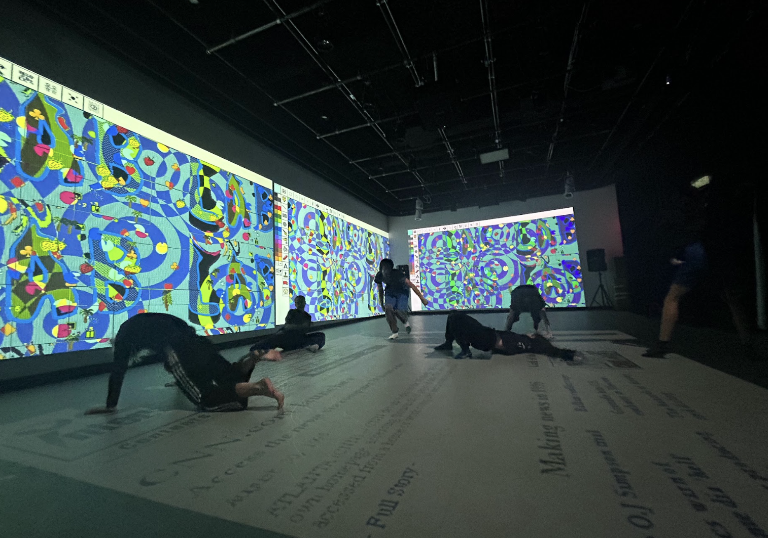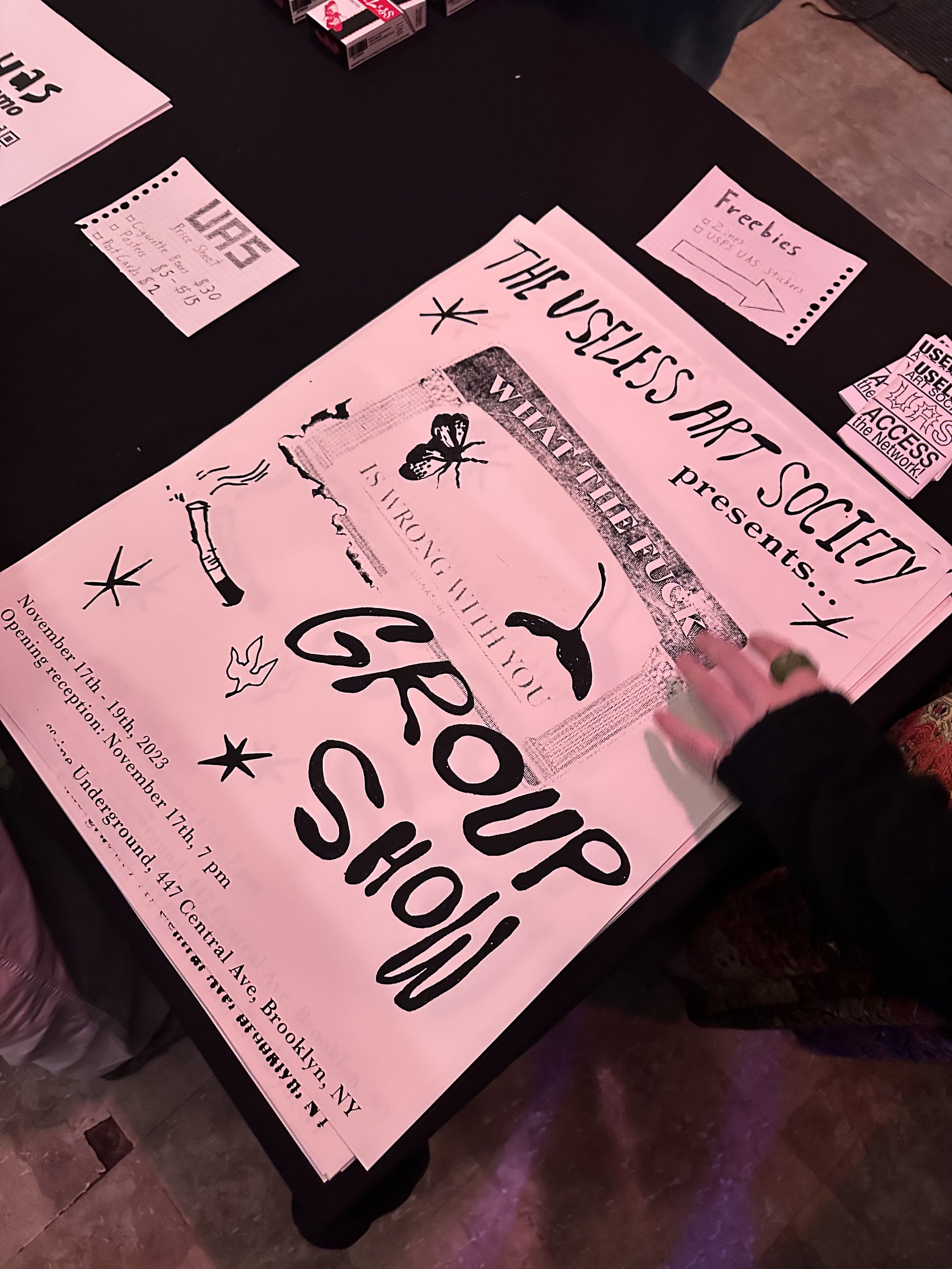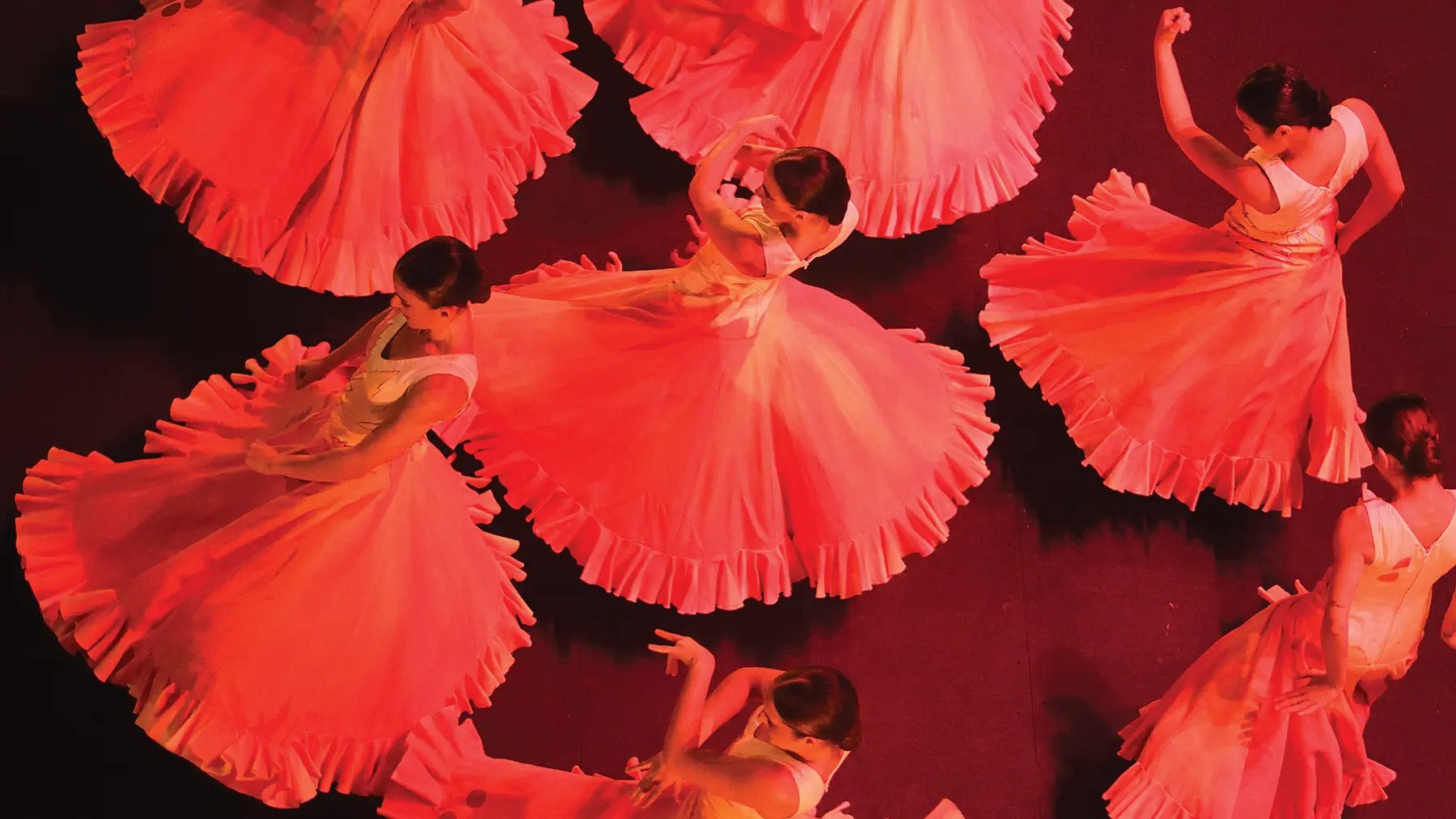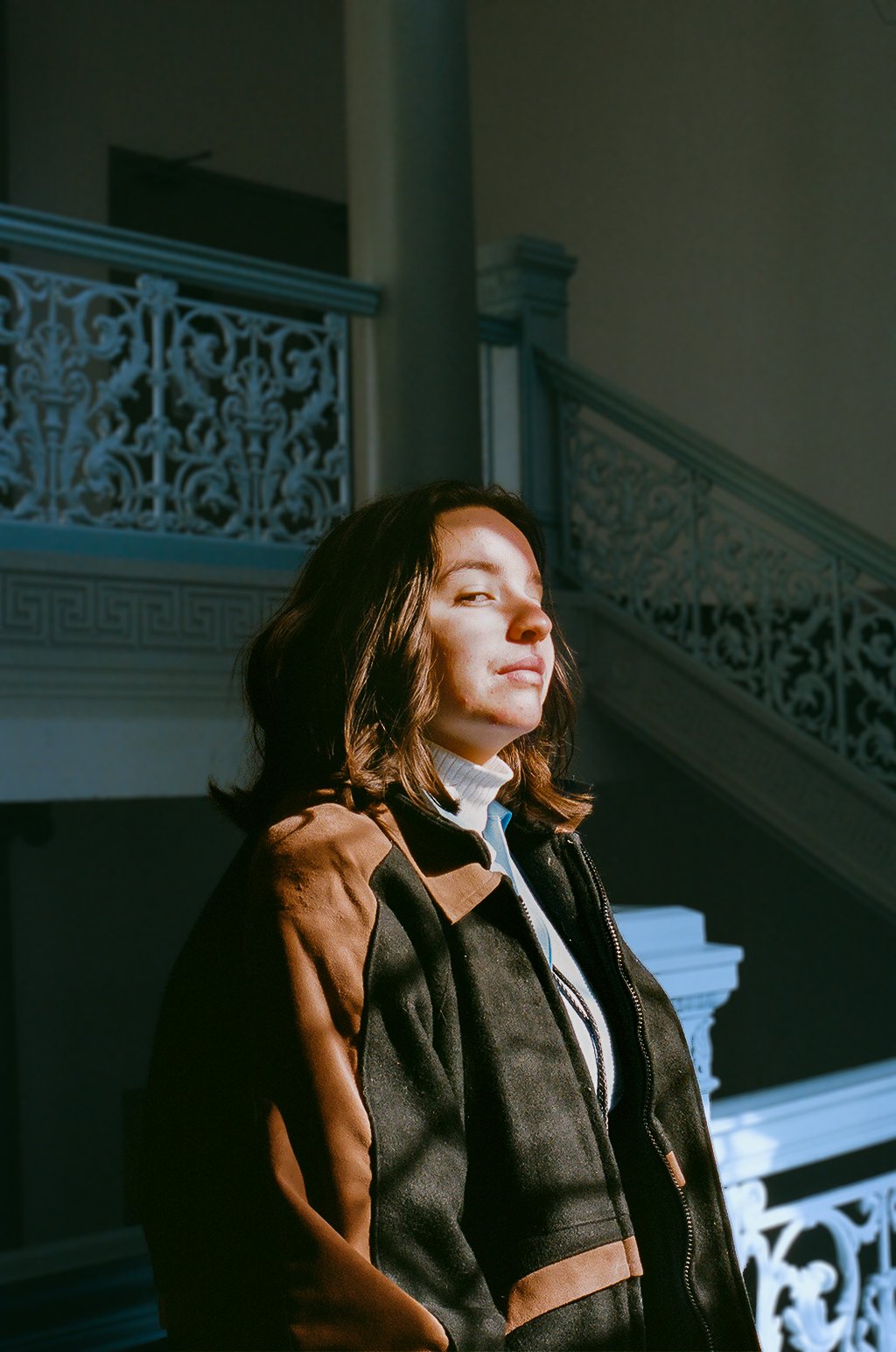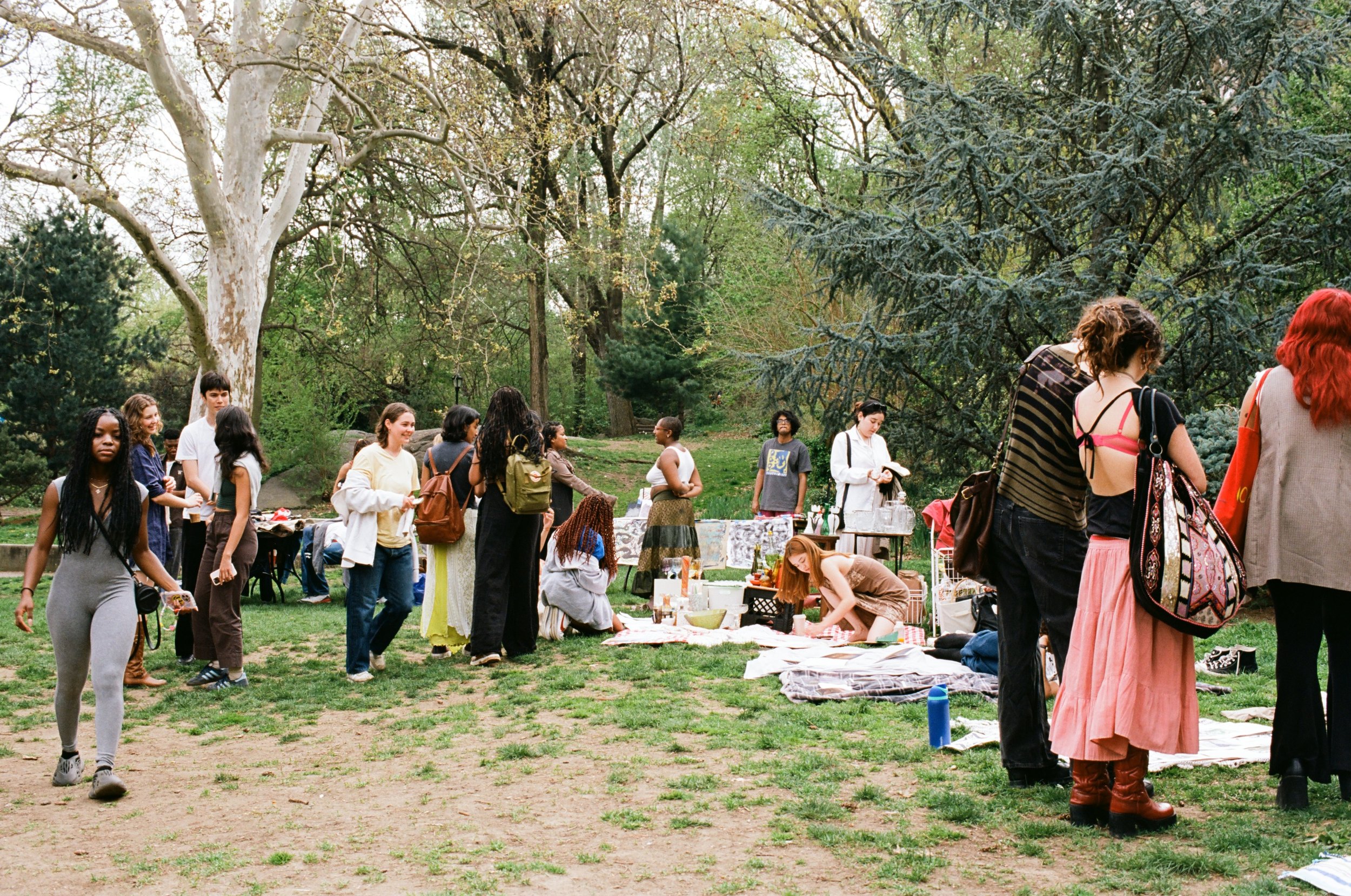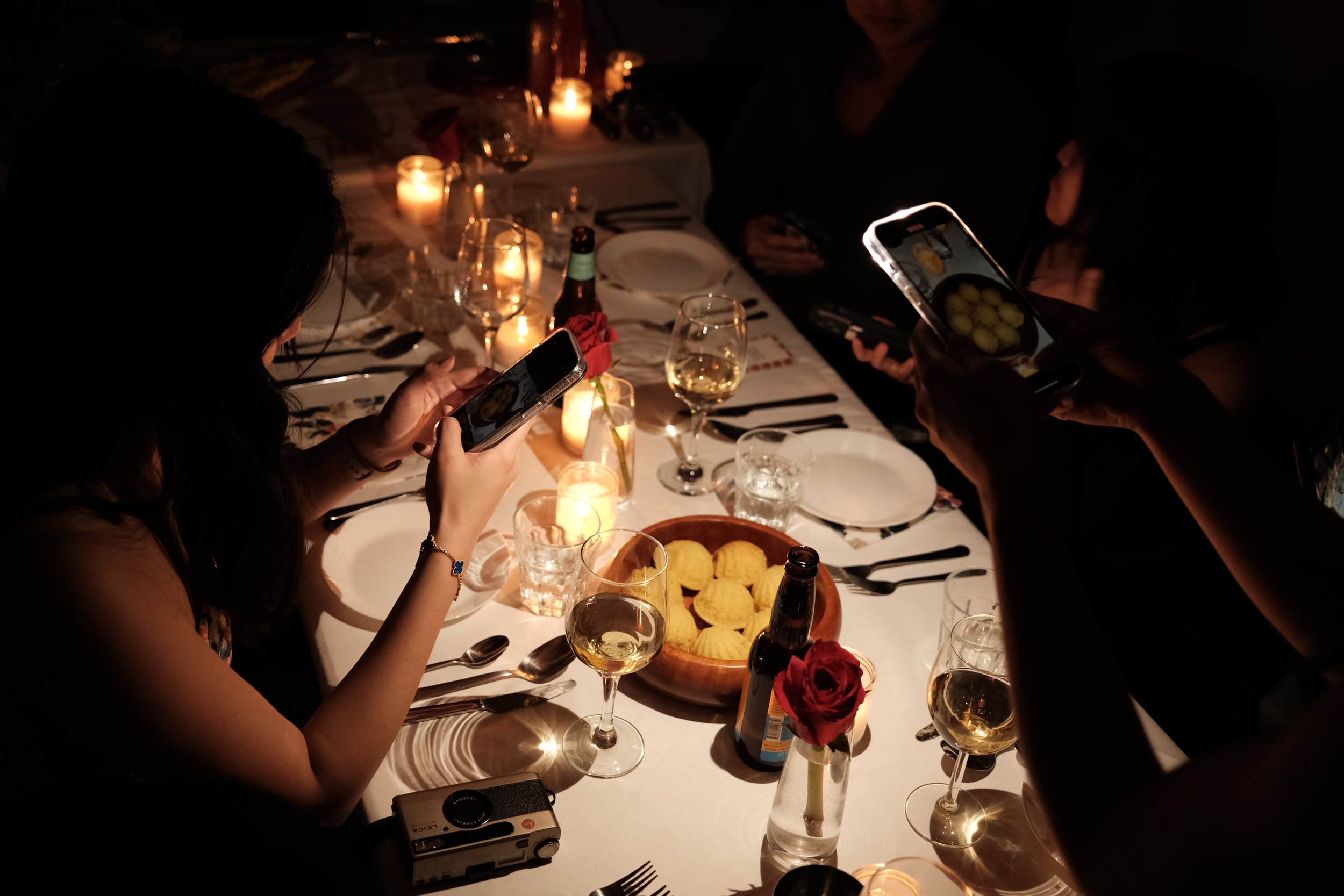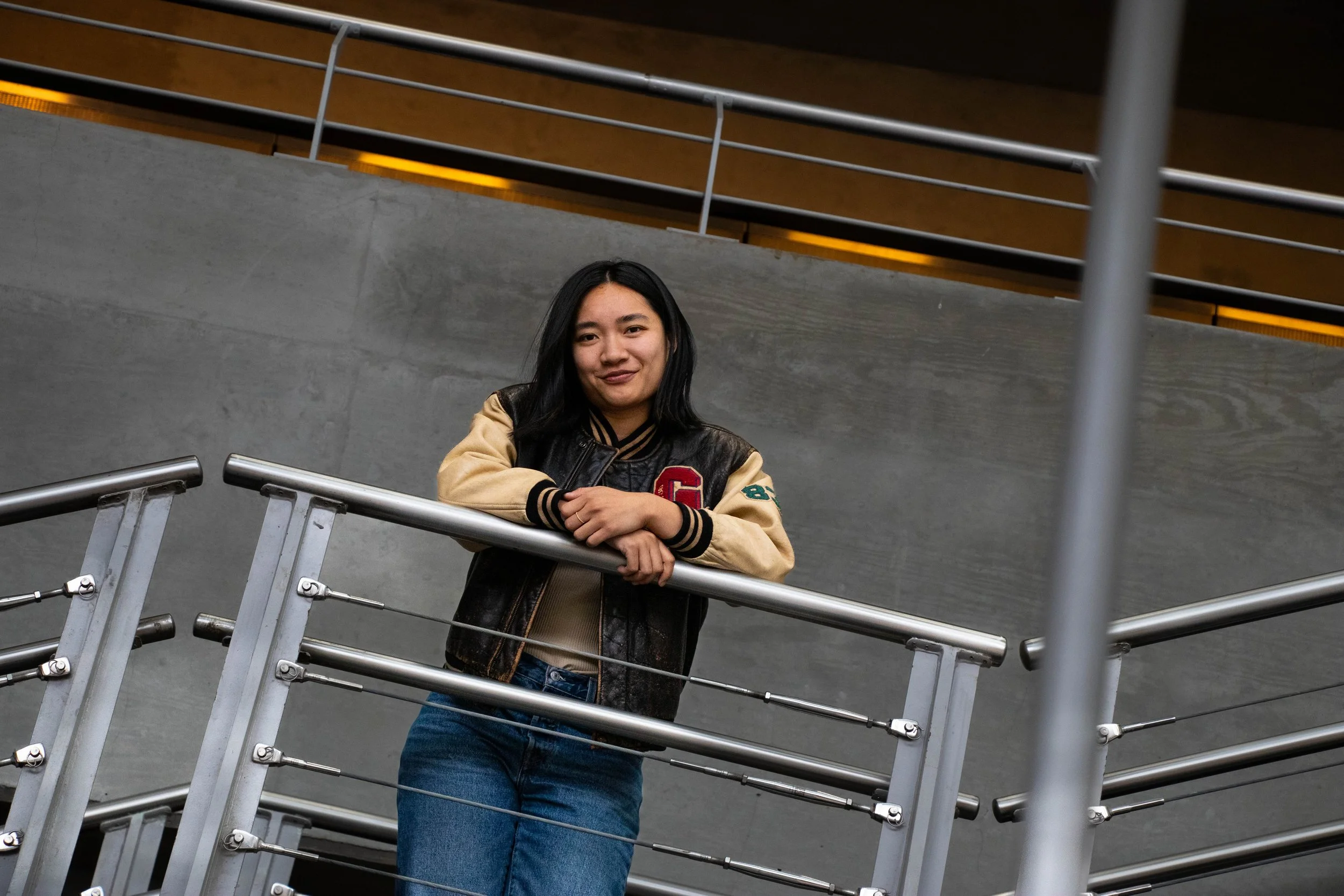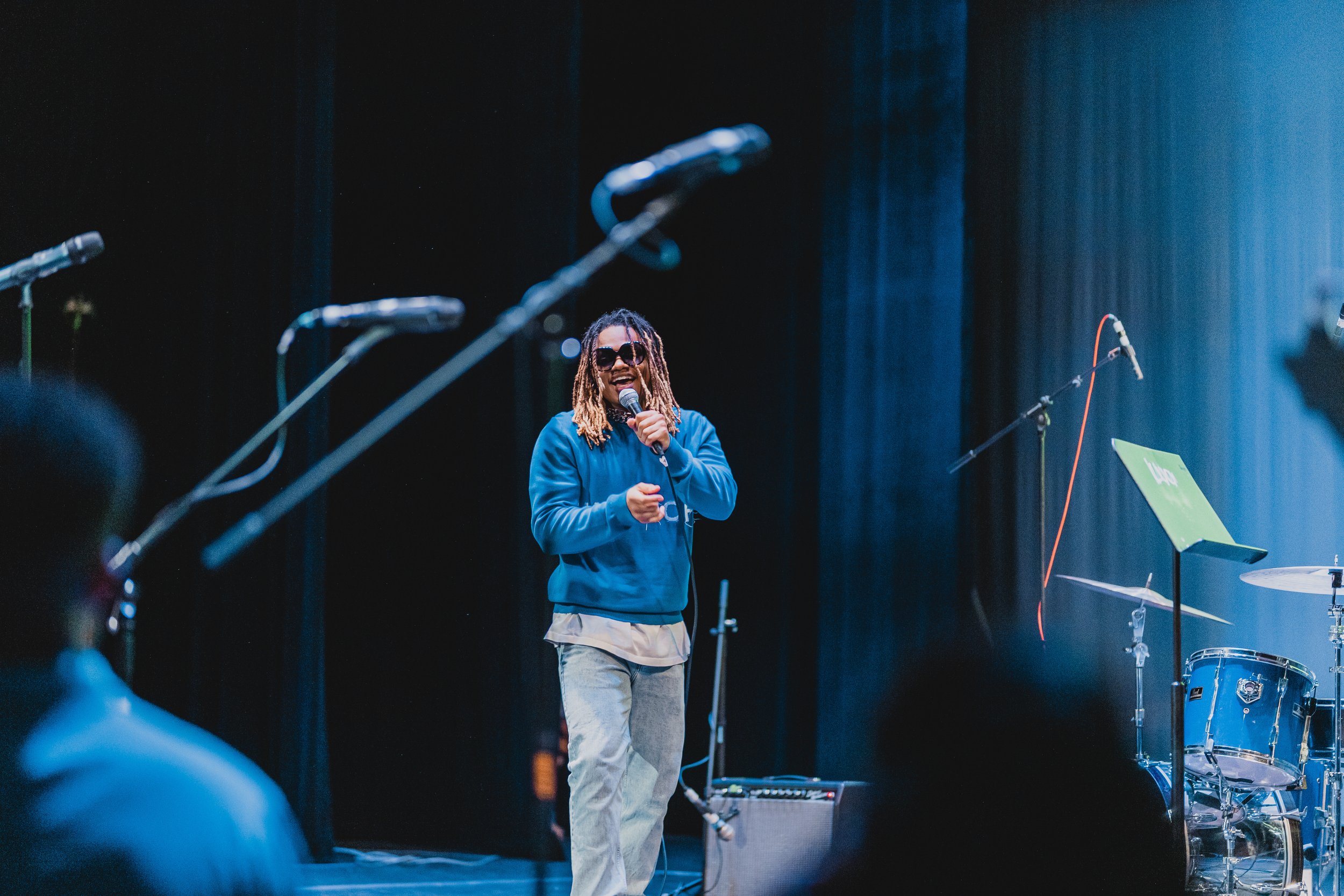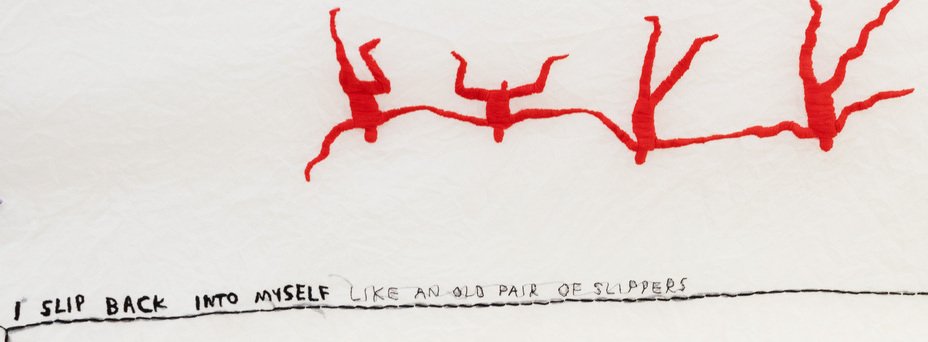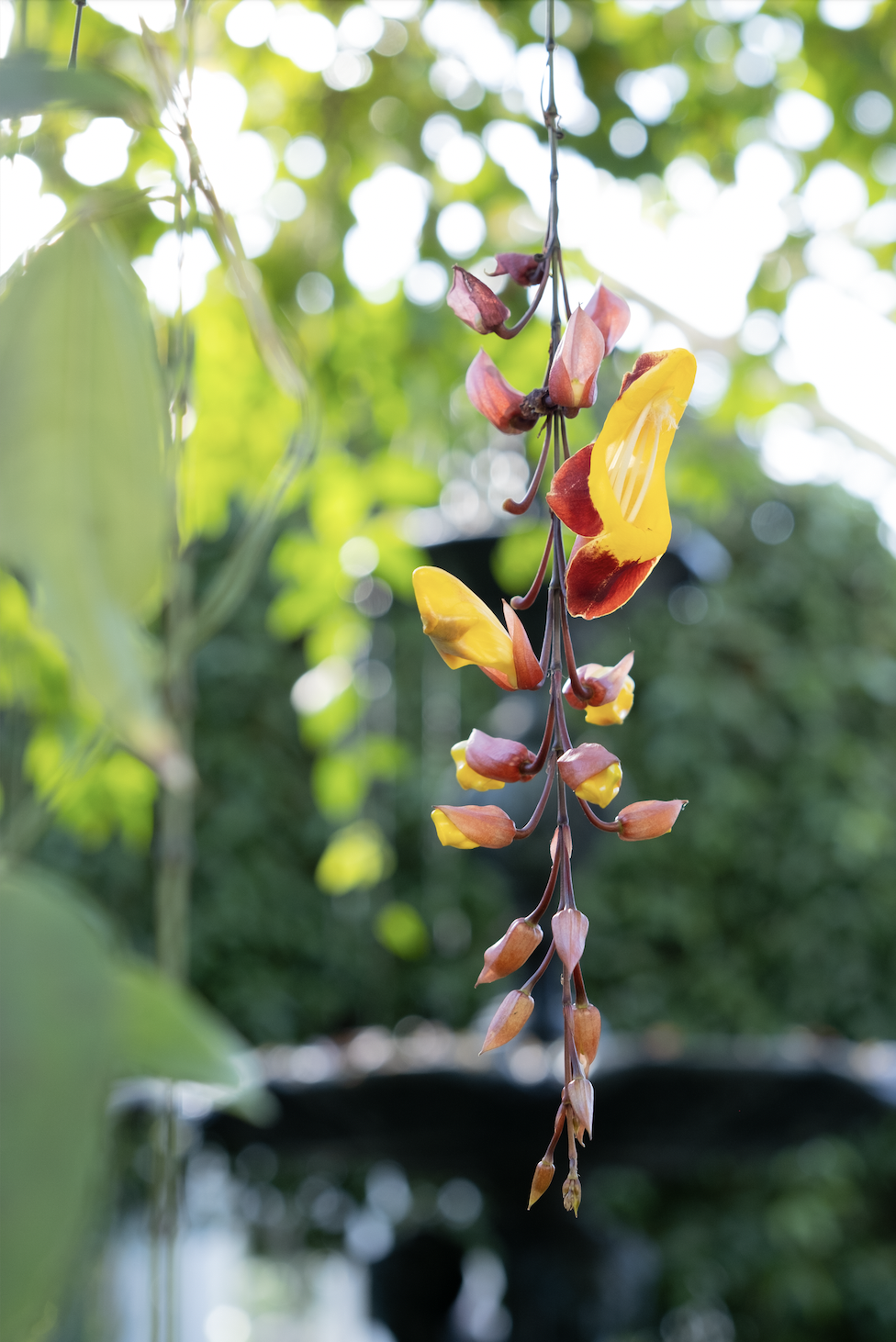Written by Claire Killian
To look at a classical Chinese landscape painting, is, in a word, to feel tranquil. They are the sort of images that you wish you could just fall into, like Alice down the rabbit hole. Trees and mists and streams dance together in the most beautifully choreographed use of space. Historically, these paintings, largely the products of Neo-Confucian thought, adorned the walls of urban bureaucrats – not entirely different from the way that romantic images of California poppies or impressionist landscapes might decorate the room of your standard Barnumbia student. Even the material of these paintings, ink and silk, draw on the natural world. While I can’t personally magic you into one of these paintings, I can encourage you to go to the New York City Botanical Garden’s annual Orchid Show – it’s probably as close as one can get.
Photo by Emily Lord
Lily Kwong, this year’s Orchid Show guest curator, is many things: Columbia graduate, former model, Art Basel Miami veteran, wife to comedian and actor Nick Kroll, and, as of recently, the first woman of color to curate the Orchid Show. Though Kwong has only been working in botanical installations since 2017, her resume includes shows at the Highline and Grand Central Terminal in New York, Faena Arts in Miami,and the Taipei Night Market. Can you tell she was an Urban Studies major? Despite the myriad of professions held in her career , the Orchid Show is a natural homecoming for Kwong. She identifies as second-generation American, and drew profoundly on her Chinese roots in curating this exhibit. Growing up, Kwong had four scrolls gifted to her from her grandparents in Shanghai. They inspired her before she even knew she needed to be inspired. Listening to her describe her childhood memories, “they hung in my living room my entire childhood, and staring at their enchanted mountains, intricate foliage, and snapshots of quotidian life from rural China was the first time I really remember getting lost in my imagination. ” When paired with my own memories of her Orchid show, it seems as if Kwong has managed to marry her childhood with my present experiences walking through the show. It seems too, as if Lily Kwong has orchids in her blood. Her grandmother’s name, Jian Lan, translates to “healthy orchid," and her two sisters, Kwong’s great-aunts, are also named after orchids. In designing this year’s Orchid Show, Lily Kwong achieves what many curators aspire to do; to create an experience so organic that it seems entirely as if no thought went into it at all, despite the epic proportions of planning inherent to a show such as this.
Photo by Emily Lord
To walk through Natural Heritage (the name and theme of the 2023 Orchid Show) is to walk through a lush, surreal dreamscape. Some words of advice: move slowly, stand on your toes, kneel on occasion, and take everything as being part of the exhibit. Kwong has crafted a completely sensory experience. Lilting sounds by Gary Gunn accompany visitors as they make their way through the show and follow them from room to room. Upon entering the exhibition space, you will be immediately greeted by the heavy, damp scent of such an all-encompassing ecosystem. There are the high perfumes of the orchids, and the mulchy depth of the soils. Keep in mind that you are not just experiencing the orchids, but also how the orchids interact with the other plants that live full-time in the conservatory. Walk slowly and greet each flower as the little wonder that it is. You’ll find that many have names! (A personal favorite of mine was Lewis). Greet the flowers as friends, as the little wonders of nature that they are.
Photo by Emily Lord
There are orchids cascading from tree branches, and micro-orchids which hug the ground. There are orchids with splatterings of colorful freckles, and snowy-pure white ones. You will be introduced to orchids so delicate that you’re frightened to breathe on them the wrong way, alongside carnivorous plants. Kwong hasn’t just curated a show, she’s curated biomes. There are several distinct sections to the Orchid Show, showcasing everything from mountainous, to aquatic, and even desert-based plants. By the time you exit the glass palace which houses the exhibit, you’ll feel as though you’ve been around the world. On your walk, you’ll follow Kwong’s ‘poetry path.’ Little snippets of Chinese poems carry you from room to room, such as Wang XiZhi’s Preface to the Orchid Pavilion Gathering. As light and colors and petals swirl around you, these poems act as a grounding force. They remind you that in this heavenly space that Kwong has created, there is deliberate room for contemplation and consideration. Often, you will find yourself invited to sit, to think, and for a moment, to become a part of the environment itself. You’ll find yourself wanting to breathe with the flowers, to stretch with the branches, and, if you go at golden hour like I did, you might even find yourself photosynthesizing a bit.
Photo by Emily Lord
For a few hours, at the New York City Botanical Garden, even in the midst of midterms, I was able to surrender to serenity. It is a place where just upon entering, you are greeted with waves of peace. For anybody looking for a few moments to escape Columbia, New York, or even reality, all you need to do is block off a few hours and head up to the Bronx. Seeing the placid harmony of what Lily Kwong and the team at the New York City Botanical garden has created filled me with love, with calmness, and with the sense that everything, really and truly everything, will be ok. An Orchid Show doesn’t just manifest haphazardly– every plant must be carefully considered, its health taken with the utmost degree of seriousness. For such beauty to thrive, the New York City Botanical Garden created an environment that accommodates every individual leaf. When you leave their greenhouses, filled with so much love and care, I encourage you to think a little bit more about how you can treat yourself like a prized orchid - with a little bit more gentleness, compassion, and tenderness.
Photo by Emily Lord


